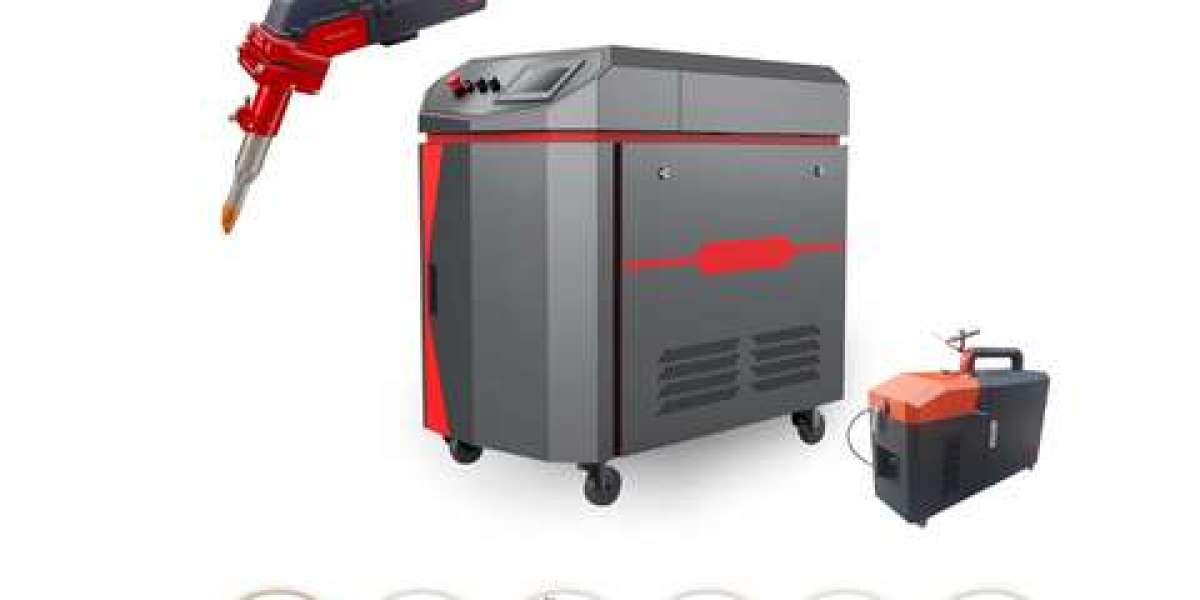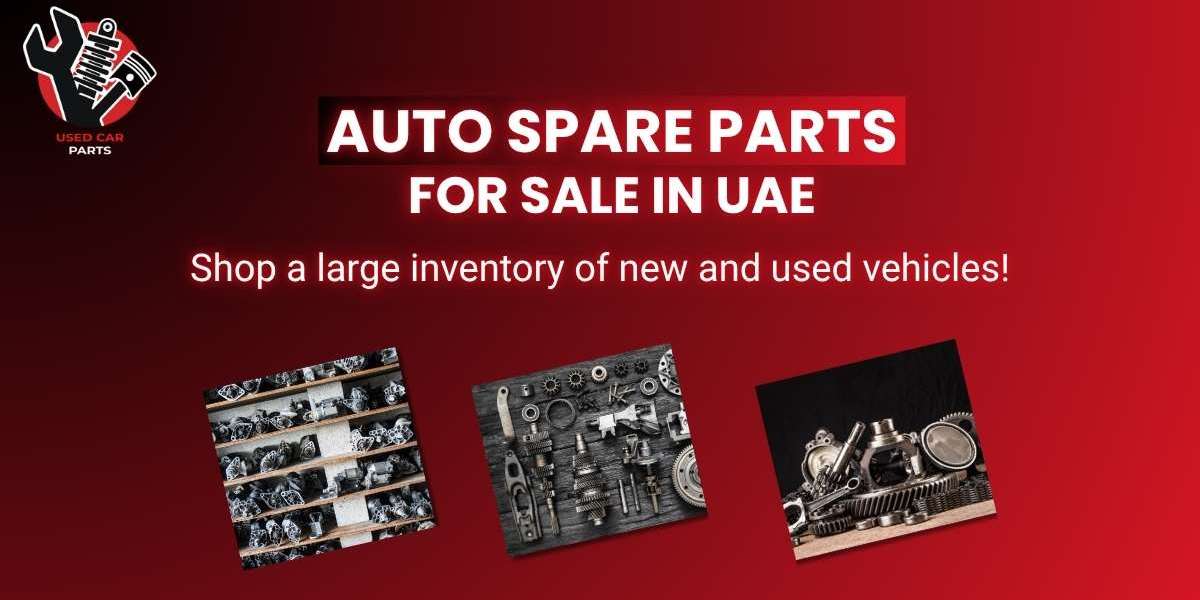A handheld fiber laser welder is a portable laser welding device that uses fiber-optic-delivered laser beams to join metals with exceptional speed and accuracy. Unlike traditional MIG, TIG, or stick welders, it eliminates the need for filler wires in many applications and minimizes heat distortion.
Despite its small size and seemingly simple design, this device can weld various metals—carbon steel, stainless steel, aluminum, and more—with seamless consistency. Its increasing adoption across industries is not accidental. As fabrication requirements get tighter, handheld fiber laser welders are proving to be a vital investment for consistent quality and leaner operations.
Why Fabricators Are Switching to Handheld Fiber Laser Welders
In the realm of manufacturing, even seconds count. The slow setup, post-processing cleanup, and operator fatigue linked to older welding methods are pushing workshops to explore more efficient tools. That’s where handheld fiber laser welders shine.
These systems don’t just offer welding—they provide a complete process optimization. From initial contact to the final weld, there’s less physical effort, more control, and improved production flow. Operators can move easily around components without being restricted by torch angles or gas setups, which streamlines even complex joint formations.
Real-Time Welding Without Traditional Constraints
Think about welding in tight corners, curved surfaces, or inside enclosed frames. Traditional systems often require extensive clamping, jigs, or repositioning. In contrast, a handheld fiber laser welder allows an operator to weld in these challenging spaces while standing or moving freely.
This flexibility translates to higher throughput on the shop floor. You’re not stopping to reset parts or swap tools for different joints. The precision-guided laser and ergonomic gun-style welding head follow your direction with minimal need for correction.
Control and Precision in Every Pulse
Another standout quality of handheld fiber laser welders is their control systems. Most models come with touchscreen interfaces, allowing operators to adjust power, frequency, and pulse duration for various materials and thicknesses. The end result is minimal spatter, negligible oxidation, and clean seams that need little to no grinding or polishing.
This precise control is especially valuable when switching between different types of metal during a single job or running small-batch custom projects. You don’t need to overhaul your setup—just tweak the parameters, and you’re ready to weld.
Lower Skill Barrier—Weld Like a Pro Faster
Traditional welding requires years of experience to perfect, especially for tight seams, dissimilar metals, or aesthetic welds. On the other hand, handheld fiber laser welders simplify this learning curve. After basic safety and operational training, most operators can start producing high-quality welds within days.
This is a huge win for small businesses or growing manufacturers that struggle to find experienced welders. With this technology, your team can adapt quickly without compromising weld strength or appearance.
A Shift in Workshop Efficiency
Time and resources—these are the two currencies in any fabrication facility. When both are stretched, mistakes rise and profits fall. The handheld fiber laser welder directly affects both.
Let’s consider the process flow:
No clunky setup time
Minimal prep work
No need for grinding post-weld
Faster welding speeds
Less rework due to clean welds
Multi-position use in confined or complex workspaces
All of this adds up to more jobs completed per shift. That kind of gain has a measurable impact on ROI. It also reduces strain on your staff, lowers overtime costs, and frees up capacity for more business.
Compatibility with Diverse Metals and Applications
Whether you're welding auto parts, kitchenware, elevator panels, metal furniture, or HVAC assemblies, the handheld fiber laser welder performs across a spectrum of needs. The clean energy transfer of fiber lasers allows for deep penetration on thick metals and gentle handling of thin, reflective materials.
Some devices even include wire feeders for those applications that still require filler metal. This versatility makes the system more than just a welding tool—it becomes a mobile fabrication solution.
Field-Ready and Maintenance-Lite
The fiber laser platform is known for long operational life and low maintenance needs. Most handheld units are air-cooled or require minimal servicing. As a bonus, their compact form factor makes them ideal for field repairs, on-site assembly jobs, and mobile workshops.
Operators can pack and transport the unit easily to construction sites or client facilities, avoiding the delays and expenses of dismantling and transporting parts to the workshop.
Seam Quality and Appearance That Speaks for Itself
In industries where visual finish matters—like architecture, medical devices, or luxury hardware—the output from a handheld fiber laser welder stands out. The welds are narrow, uniform, and clean, often requiring no cosmetic touch-up. For clients, this means delivery of products that meet both functional and aesthetic expectations without hidden costs or delays.
In industries where product presentation influences client perception, such as stainless steel kitchens or visible aluminum joints, this tool enables workshops to offer superior finishes with minimal extra effort.
Safety and Environmentally Friendly Operation
Welding fumes, UV radiation, and excess heat are major concerns in traditional welding environments. A handheld fiber laser welder produces less heat-affected zones, reduces smoke and spatter, and often integrates with laser safety features to keep operators protected.
When configured correctly and operated within its safety parameters, it contributes to a cleaner, safer working environment—especially in enclosed or shared workshop spaces.
Scaling for the Future
The manufacturing world is evolving toward leaner, smarter operations. Whether you’re producing short-run batches or scaling up high-volume orders, integrating a handheld fiber laser welder into your workflow aligns with that shift. It allows you to meet modern client demands for speed, precision, and quality while keeping overhead manageable.
Rather than relying on a growing fleet of conventional welders or hiring more labor to meet deadlines, this tool helps you scale intelligently. One unit, one trained operator, multiple use cases—it’s a future-ready formula.
Final Thoughts
In a world where time, quality, and flexibility are non-negotiable, a handheld fiber laser welder is more than just equipment—it’s a competitive advantage. Whether you’re looking to shorten turnaround times, reduce training burdens, improve finish quality, or expand into more intricate fabrication work, this tool stands ready.
It bridges the gap between manual skill and high-tech precision, delivering reliable results with every seam. If your current welding process is holding back your growth, now is the time to reevaluate. The technology exists to help you weld smarter, not harder—and the handheld fiber laser welder is leading the way.



